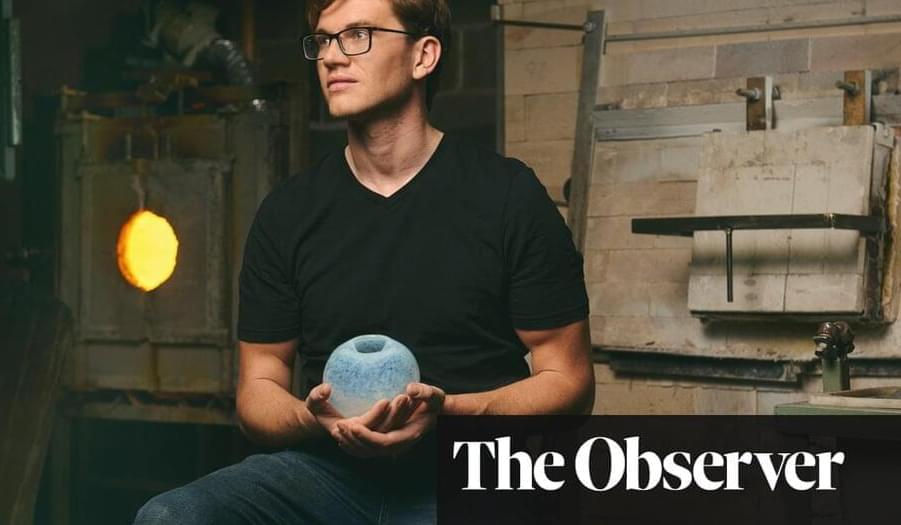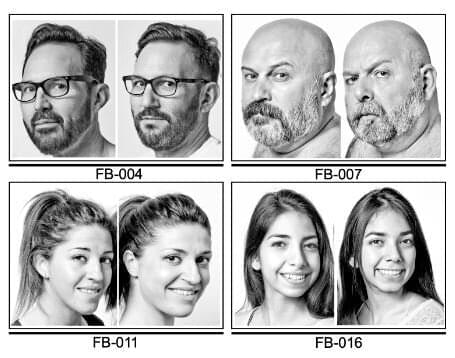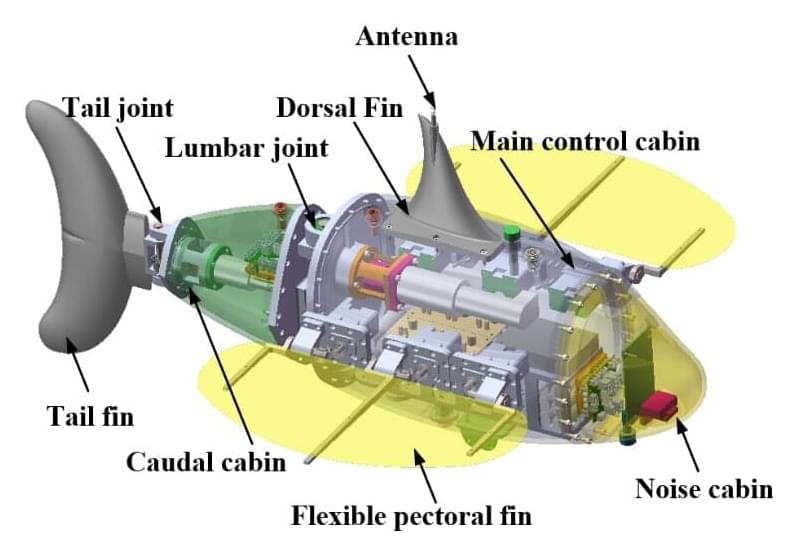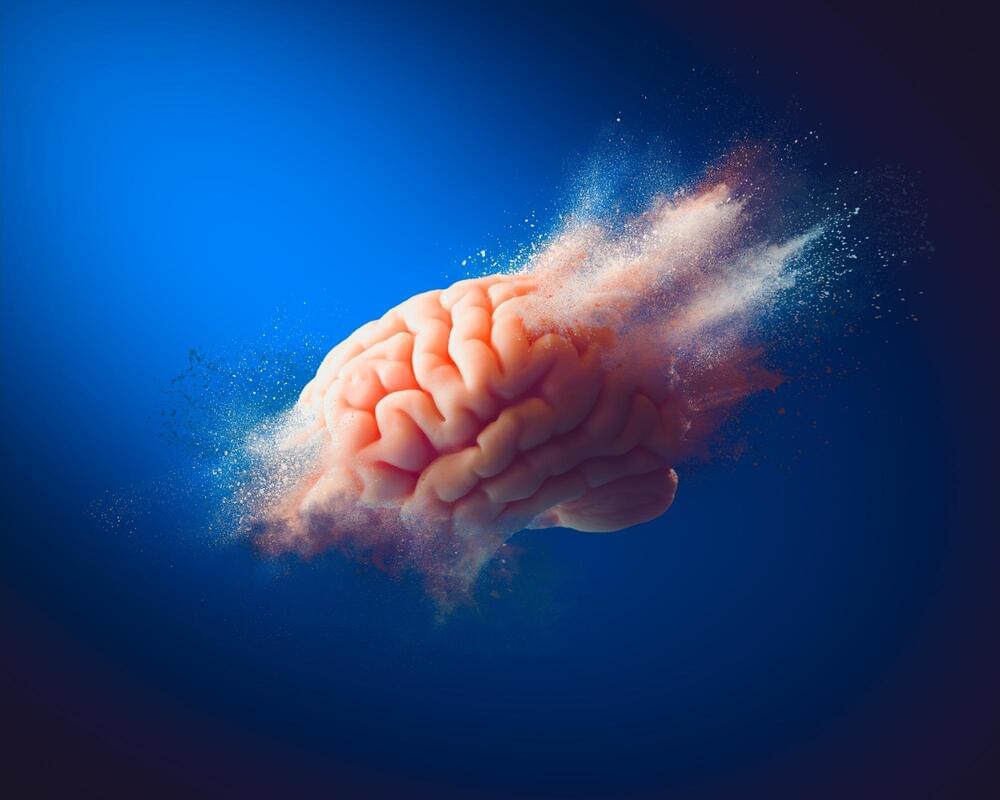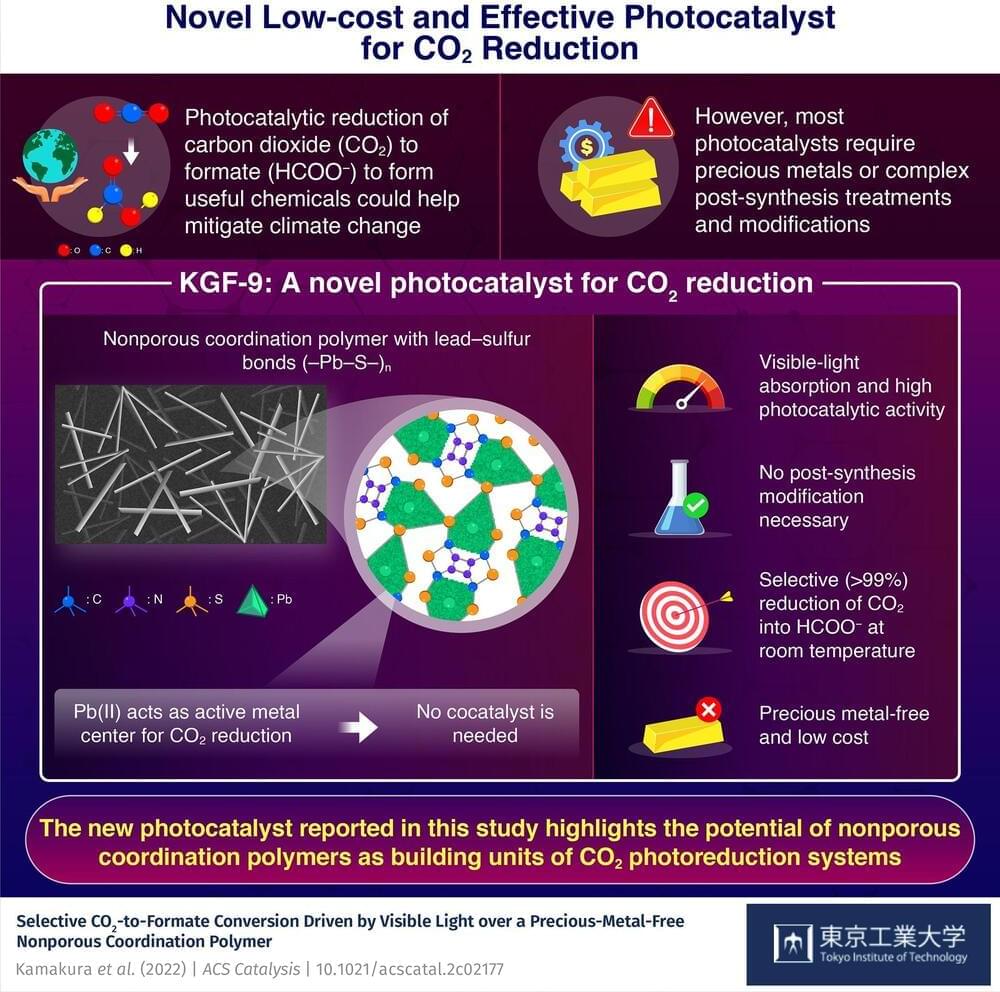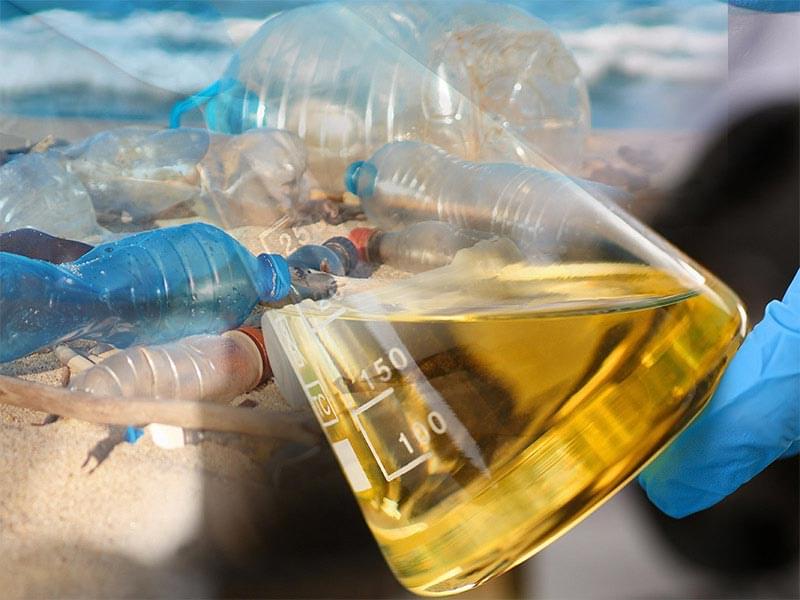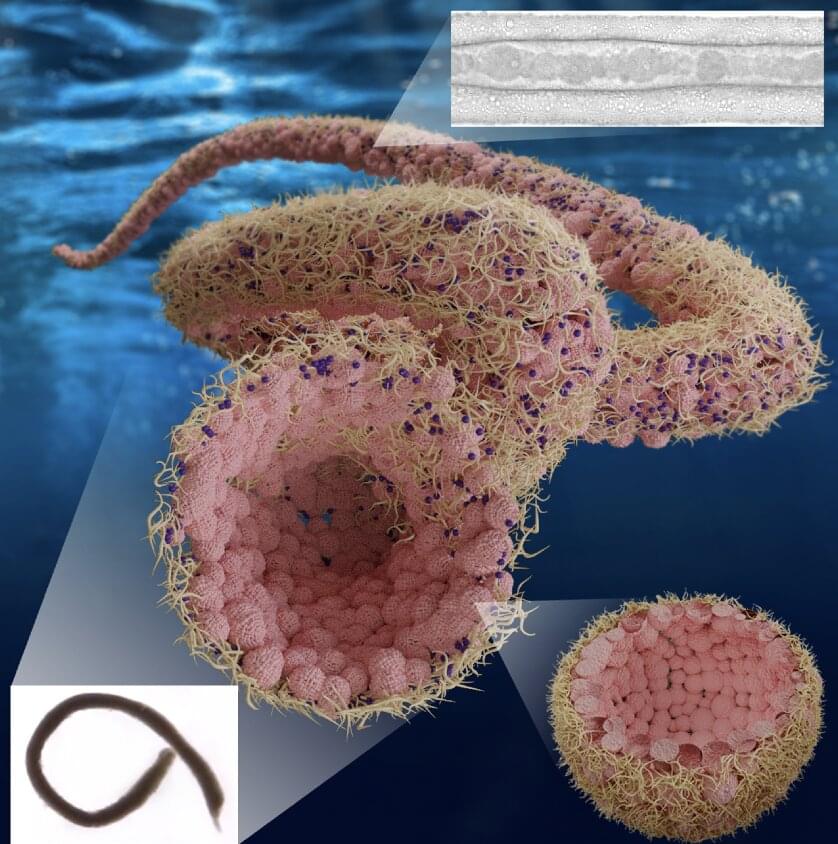Aug 23, 2022
William MacAskill: ‘There are 80 trillion people yet to come. They need us to start protecting them’
Posted by Jose Ruben Rodriguez Fuentes in categories: ethics, futurism
All those numbers seem incalculably abstract but, according to the moral philosopher William MacAskill, they should command our attention. He is a proponent of what’s known as longtermism – the view that the deep future is something we have to address now. How long we last as a species and what kind of state of wellbeing we achieve, says MacAskill, may have a lot to do with what decisions we make and actions we take at the moment and in the foreseeable future.
That, in a nutshell, is the thesis of his new book, What We Owe the Future: A Million-Year View. The Dutch historian and writer Rutger Bregman calls the book’s publication “a monumental event”, while the US neuroscientist Sam Harris says that “no living philosopher has had a greater impact” upon his ethics.
We tend to think of moral philosophers as whiskery sages, but MacAskill is a youthful 35 and a disarmingly informal character in person, or rather on a Zoom call from San Francisco, where he is promoting the book.
